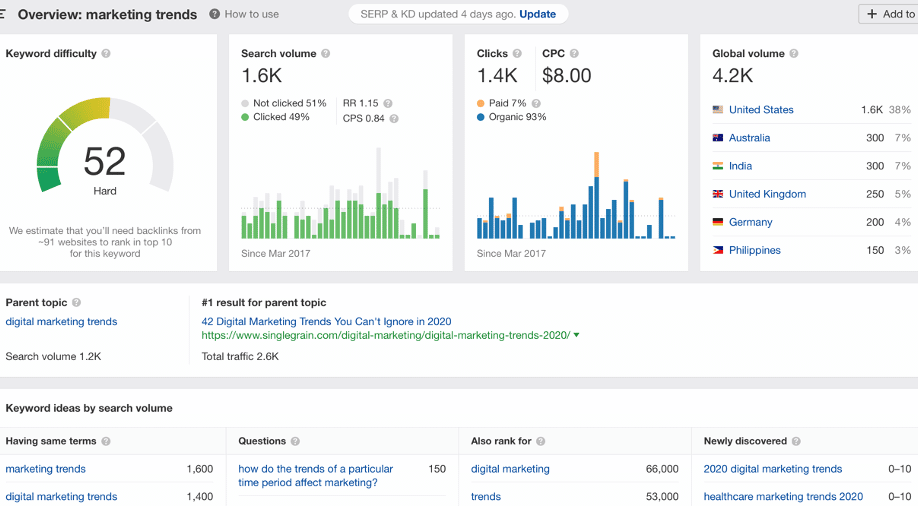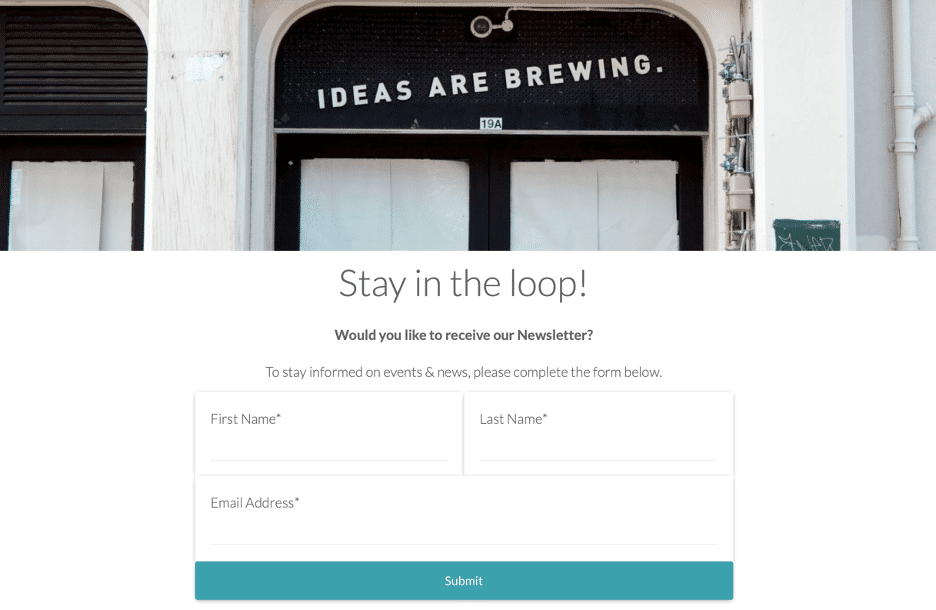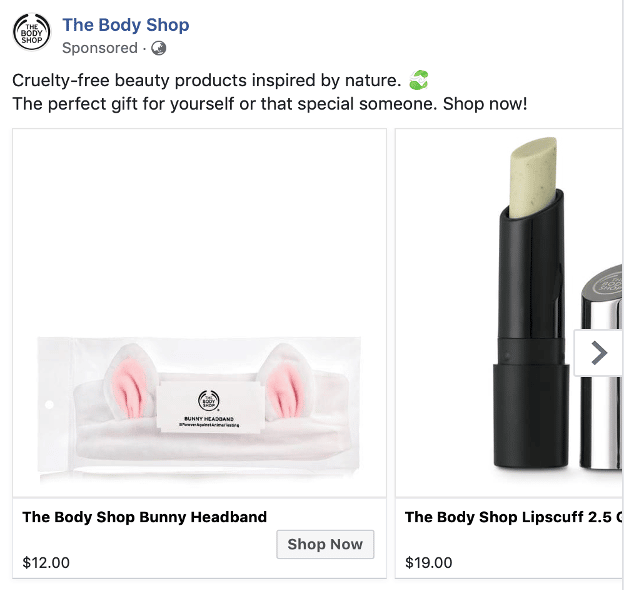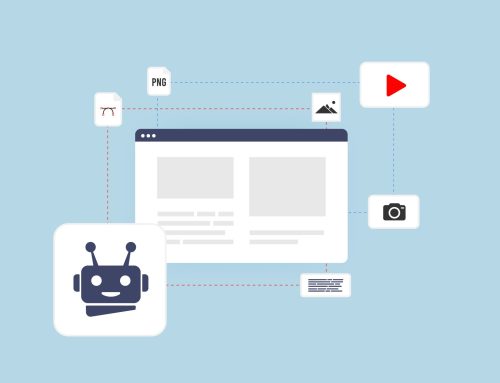Your content must stand out in order to reach the right audience. Using content distribution strategies can help you get the most out of your published work.

The abundance of content on the internet presents a challenge for every marketer. With the growing number of blog posts, social media content and pay-per-click ads published every day, your content must stand out in order to reach the right audience.
Using content distribution strategies can help you get the most out of the content you publish. We’re sharing some of our top techniques to drive traffic by optimizing the content you already have and paving the way for future content.
What is Content Distribution?
Let’s take a moment to examine what role content distribution plays in your marketing strategy.
It is the process of producing and distributing content through various channels and means. One such strategy might consist of blog posts that drive organic traffic, while another may prioritize paid ads. Different content and distribution channels work for different businesses. The following techniques will help you determine possibilities. It’s important to test what works for you.
Before we jump ahead, it’s useful to break down content distribution into three main groups:
- Owned content distribution – owned content is distributed on owned channels, whether that be your blog, email newsletter, or website.
- Earned content distribution – earned content is distributed via third parties, such as other blogs through guest posts, articles through mentions, interviews, shares, or reviews.
- Paid content distribution – paid content is distribution that you pay for, including pay-per-click advertisements or sponsorships.
The following techniques follow a variety of paid owned earned media types which drive traffic in different ways and give you diverse ideas to address your specific situation.
1. Boost Organic Traffic Through High SEO Content
Organic traffic is essentially the unpaid traffic that is generated naturally without pay-per-click ads. Ideally, your business should seek to increase traffic through organic search results to save the cost of paid ads.
One way to do this is to distribute content that contains keywords which generate high volume traffic on search engines. For example, you can conduct keyword research to determine which words are popular yet not difficult to rank for on Google’s first couple of pages. You can use online tools to do this, such as Google’s Keyword Planner, Moz or Jack & Bean‘s favorite: Ahrefs.
However, keep in mind that your keywords should be relevant to your targeted audience. This is essential later if you want your leads to turn into converted leads in those who actually show interest in your products or services. Simply put, keywords shouldn’t be placed in content for SEO’s sake. They must be true to your offerings and help you attract actual customers. Here is an example of what your keyword research dashboard might look like:

If you’re stuck on where to start, look to SEO services such as Jack & Bean to do the keyword research for you and determine which keywords you can reasonably aim for in your content.
Once you have some keywords that are relevant to your product and can drive further traffic, you can build your content around these keywords. Try to prominently include the actual keyword rather than similar phrases—for example, in the title of your blog post.
This leads us to our next technique where you can put these keywords and SEO strategies into practice.
2. Produce Content that Appeals to Your Audience
The content you distribute should stay relevant to your target demographics. Whether this includes your blog posts, newsletters, podcasts, and other media, your goal remains the same.
When you publish relevant content, this has several advantages that drive traffic to your website or main page. For one, your readers or viewers become more likely to share your content online. They will be more inclined to believe that your product or service is useful to them. This leads to a surge in organic traffic as they distribute content for your business on their own channels.
If you are particularly savvy in linking this to your product or service, your audience is encouraged to try your product after gaining inspiration from the content. As an example, you might show a use case of your product in an article, or produce an online guide on how to use it in different ways. This will spike interest in readers, driving them to gather more information by visiting your website or landing page. Take a look at this example below from HubSpot and Iconosquare. Their ebook provides a guide on how to use Instagram for your business, but also helps promote their product as their software can be used to track Instagram analytics.

3. Distribute Content Through Diverse Media Channels
Now that your content is relevant to your audience, think about the breadth of your content as well. It might seem like distributing your content through as many channels as possible is a great plan, but media diversification isn’t always the answer. Just like you need to pick and choose your keywords and content, you should carefully consider which distribution channel(s) work best for your business.
There are several media you should consider that support your business in unique ways:
- Ebooks/email newsletters—these can capture customer data that can help you target them with your email marketing campaigns and further drive traffic to your website
- Blog posts—posts with high SEO can generate organic traffic to your website. If the topics are related to your product or service, your blog has the added bonus of generating conversions.
- Podcasts—whether you are being interviewed for another podcast or producing your own; podcasts are an effective way to explore your product, service or organization in depth, thereby generating high conversions.
- Social media—this is an essential if you want to grow your business fast. You can use social media to drive conversions by posting engaging content that links back to your landing page, such as challenges, tags or special offers.=
- Pay-per-click ads—these can appear in prominent spaces, such as the top of Google search results, and drive traffic directly where you want – based on the audience and type of advertisement.
Many of these use a pre-existing platform, but others you can create yourself by using free online tools. Below is an example of a basic newsletter sign up form which you can customize to fit your brand:

4. Use Smarter Ads
Pay-per-click advertising is arguably the most straightforward technique to drive traffic. For every visitor that clicks through your ad link, you pay your ad platform provider. This is not only limited to Google Ads, but also Facebook, Instagram, and other social media.
Each of these platforms has a variety of choices to optimize your ads—and multiple platforms can be used to get the best return on investment.
For example, you can tailor your audience by demographics, geographic location, interests and hobbies on Google and Facebook Ads, adding a layer of complexity and personalization to your paid ad campaigns.
Here are several examples of Facebook Ads that use predominantly different features tailored for their business, coupled with short, to-the-point captions:


5. Think Outside the Box
Ebooks, social media, podcasts, blog posts and newsletters are certainly popular with many businesses. But don’t be afraid to think outside the box and consider content distribution channels that are less commonly used.
To create high-converting newsletters, it’s essential to tailor the content to meet the interests and needs of your audience, making it a powerful tool in your content distribution strategy.
Depending on your business, you could start a webinar to drive traffic by getting participants to sign up to your emails and receive access to more content. Other interactive ways to distribute content might include discussion forums, Q&A sessions, or social media such as Reddit and Quora that aren’t as well utilized by brands such as Twitter and Facebook.
Although it’s good to experiment, an important reminder is to balance innovation with user testing. Use A/B testing to compare two versions of an email, website or other marketing tool to stay on the safe side.
What Comes Next?
Content distribution is a key aspect of any marketing campaign. To attract the desired audience, you’ll need to be strategic with the tools and platforms on which you post content, as well as what content you will publish.
The next step forward can be – depending on their success – to prioritize one of these techniques, or branching-out into a new distribution channel. Using what works for your business is ultimately the best way to go, assuming that you understand your audience and offerings more than anyone else.
Regardless, everything from optimizing your search engine rankings to writing relevant content is going to drive traffic to your landing page—so use them wisely!













